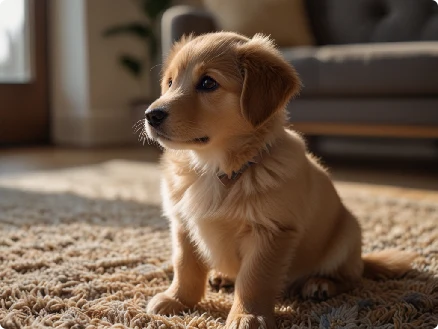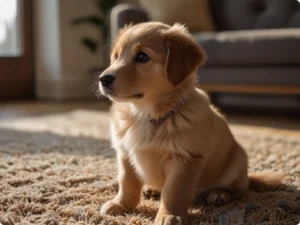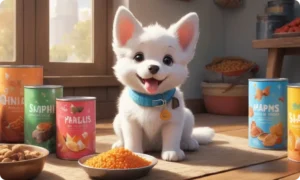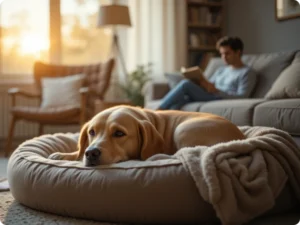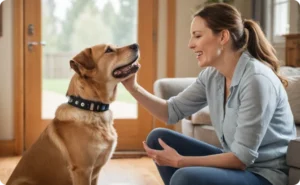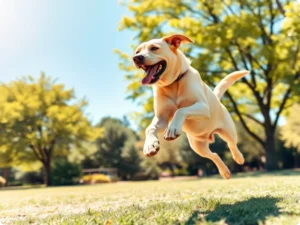Introduction
Teaching your puppy tricks is an engaging and rewarding experience that strengthens the bond between you and your furry friend. The best part? It doesn’t have to be a daunting task! With the right approach, you can teach your puppy tricks easily and have loads of fun along the way. Whether you’re a first-time puppy owner or a seasoned pro, this guide will provide you with practical tips to make the training process enjoyable and effective.
In this article, we’ll explore various techniques, essential tools, and crucial tips to help you and your puppy shine in the world of tricks. With consistency and patience, you’ll be amazed at what your puppy can learn. Let’s dive into the wonderful world of puppy training!
Understanding Puppy Learning
The Basics of Puppy Training
Why Start Early?
Puppies are like sponges; they absorb information rapidly. The earlier you begin training, the more adaptable and responsive your puppy will be to new commands and tricks. Starting at a young age lays a foundation for a well-behaved dog and can prevent behavioral issues in the future.
Positive Reinforcement
Using positive reinforcement is one of the most effective ways to teach your puppy tricks easily. This involves rewarding your puppy with treats, praise, or playtime whenever they successfully perform a trick. This approach not only motivates your puppy but also associates training with fun and excitement.
Essential Tools for Training
Treats
Having a variety of small, tasty treats can be crucial for training sessions. Choose healthy options that your puppy loves, ensuring that the treats are small enough to avoid overfeeding.
Clicker
A clicker is a small handheld device that makes a clicking sound when pressed. It’s an excellent tool for marking the exact moment your puppy performs the desired behavior, making it clear what they’re being rewarded for.
Teaching Tricks Step by Step
Basic Commands to Start With
Sit
– How to Teach It: Hold a treat above your puppy’s nose, slowly moving it back over their head. As their head tilts back, their bottom will naturally lower to the floor.
– Tip: Praise and reward as soon as their bottom touches the ground.
Stay
– How to Teach It: After your puppy has mastered “sit,” you can teach “stay.” With your puppy sitting, take a step back and say “stay.” If they remain in place, reward them with a treat.
– Tip: Gradually increase the distance and length of time they need to stay before receiving their reward.
Fun Tricks to Try
Shake Hands
– How to Teach It: With your puppy sitting, gently lift one of their front paws while saying “shake.” Once their paw is in your hand, reward them.
– Tip: Use the command consistently to make the association clearer for your puppy.
Roll Over
– How to Teach It: Start with your puppy in a “down” position. Use a treat to lure them onto their side; as they roll, guide them with the treat. Reward them for completing the roll.
– Tip: Keep the practice sessions short and fun for better engagement.
Tips for Successful Training Sessions
Keeping Training Engaging

Short Sessions
Puppies have short attention spans. Limit training sessions to about 5-10 minutes to keep your puppy focused. You can repeat sessions multiple times a day, allowing for learning breaks in between.
Varying the Location
Changing your training environment can help your puppy learn to focus amidst distractions. Start in a quiet space, then gradually introduce new locations as your puppy becomes more confident.
Troubleshooting Common Issues
Lack of Interest
If your puppy seems disinterested, they may be tired or not motivated by the treats you’re using. Try varying the type of rewards or altering your training times.
Distraction
If your puppy gets easily distracted, consider training in a quieter setting to minimize interruptions. As they gain confidence, gradually introduce distractions.
Conclusion
Teaching your puppy tricks easily can be one of the most gratifying experiences as a pet owner. Through positive reinforcement, patience, and a bit of creativity, you’ll cultivate a strong bond while providing mental stimulation to your puppy. Remember to celebrate small victories along the way and tailor your training techniques to suit your dog’s personality.
